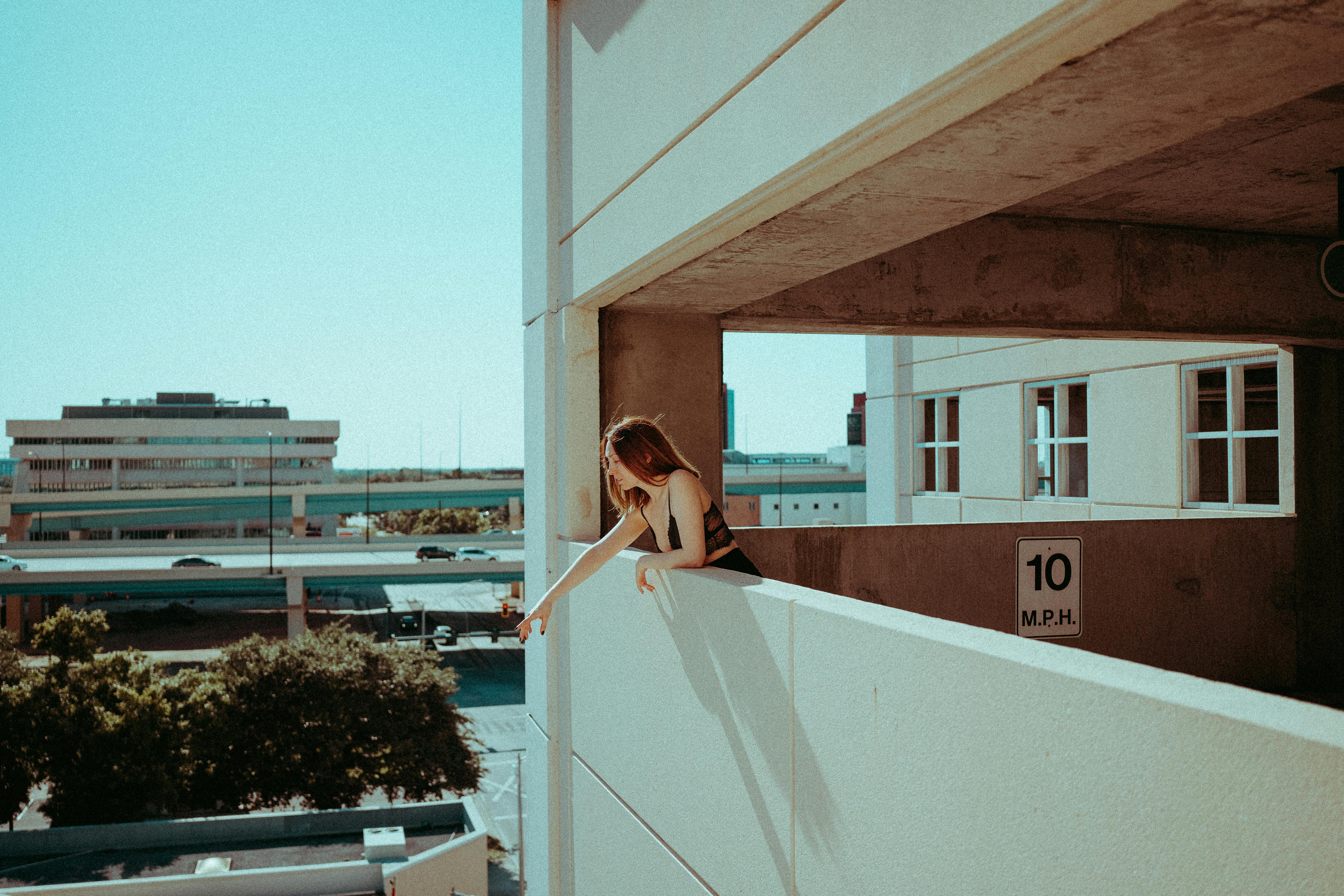Apply Now
How to Properly Check Yourself for Lice: Essential Tips for 2025
Checking for lice is an essential skill for every parent, especially given the increasing prevalence of lice infestations in schools. Understanding the symptoms of lice infestation and recognizing how to check for lice effectively can help keep your family safe and free from these pesky pests. In this article, we will explore effective lice detection methods, such as home lice inspection techniques, the importance of using a lice comb, and guidance on recognizing signs of lice in children. We will also cover lice treatment options, prevention tips, and dispel common myths to help you stay informed.
Equipping yourself with the right knowledge will not only benefit you but also empower your children with information that can help them identify lice symptoms early. Let’s delve into the world of lice and navigate the essential strategies for checking for lice comprehensively.
Understanding Head Lice: The Basics
Lice Life Cycle Explained
The life cycle of lice consists of three main stages: egg (nit), nymph, and adult. Understanding these stages is crucial in determining the severity of an infestation and the necessary treatment options. Lice eggs, or nits, are tiny and usually attached to the hair shafts close to the scalp. Nymphs, which hatch from the eggs, mature into adult lice in about 7 to 10 days. Adult lice can live up to 30 days on the scalp, laying around 3-10 eggs daily.
Common Signs of Lice
Detecting lice early is key to preventing a full-blown infestation. The primary symptom of lice is itching on the scalp, caused by an allergic reaction to lice bites. Additionally, you may observe small red bumps on the scalp, neck, and behind the ears. In some cases, secondary infections can occur from excessive scratching.
Signs of Lice in Children
Children are particularly prone to lice infestations due to close contact with peers. Signs to look out for include excessive scratching, irritability, and the frequent presence of nits in their hair. It's advisable for parents to conduct frequent lice checks, especially during the school season when lice outbreaks are common.
Lice Myths Debunked
There are many myths surrounding lice, including the misconception that they only infest dirty hair. In reality, lice can affect individuals with any hair type or cleanliness level. Understanding these myths can help reduce stigma and encourage proactive lice management among families.
How to Conduct a Home Lice Inspection
Checking Scalp for Lice
To effectively check for lice, start by ensuring the environment is well-lit. Use a combination of visual inspection and a lice comb to search through the hair. Part the hair into sections and examine the scalp closely, observing for both lice and nits.
Using a Lice Comb
A lice comb is an essential tool for effective lice removal. When using a lice comb, ensure it has fine, closely spaced teeth designed to catch and remove lice and nits. Begin at the scalp and slowly drag the comb through sections of hair, wiping it on a white paper towel to monitor for visible lice and nits.
Home Methods for Lice Detection
In addition to visual inspections and using a comb, several home methods can help detect lice. For example, applying a bit of conditioner can help immobilize lice, making them easier to spot.
Preventive Care and Lice Management
Best Lice Prevention Practices
To prevent lice from spreading, educate your children about the importance of personal hygiene. Encourage them to avoid sharing hats, hair accessories, and personal items. Regularly inspecting hair, especially during outbreaks, can significantly reduce the risk of lice infestation.
Lice Management Strategies
Having a lice management plan in place can help tackle infestations swiftly. This includes a consistent inspection schedule and knowing when to seek professional lice treatment options if home remedies do not yield results.
Natural Lice Repellents
Various natural lice repellents can be effective as part of a comprehensive lice prevention strategy. Essential oils such as tea tree, lavender, or peppermint can offer some protection against lice. Mix a few drops into a carrier oil and apply it to the hair.
Effective Treatment Options for Lice
Safe Lice Treatments
When dealing with lice, it is essential to consider safe treatment methods. There are numerous treatment products available, including over-the-counter shampoos, but be sure to follow instructions carefully and consider consulting with a pediatric nurse for personalized advice.
Home Remedies for Lice
Many families prefer natural methods for removing lice. Common home remedies include applying a mixture of vinegar and olive oil, which can help suffocate lice. However, always confirm the effectiveness of home remedies with lice verification methods to ensure that lice are indeed removed.
Lice Treatment for Kids
Treating lice in children requires additional care. Always opt for kid-friendly lice treatment products and follow up with thorough combing and inspection to remove nits. Consult with a pediatrician for recommendations tailored specifically for your child’s hair and age.
Aftercare and Follow-Up for Lice Prevention
Lice Treatment Follow-Up
Post-treatment follow-up is critical. Conduct frequent inspections to ensure no remaining lice or nits are present. It usually takes about 10 to 14 days after treatment to confirm that the lice are completely gone.
Lice Household Cleaning
After treatment, it’s vital to clean your home to prevent re-infestation. Wash all bedding, towels, and clothing in hot water, vacuum all carpets and furniture, and avoid sharing combs and brushes.
Lice FAQs
Many parents have common questions about lice. Understanding the transmission, prevention strategies, and treatment options will facilitate managing lice even more effectively. Always stay informed through professional advice and lice educational resources to keep your family lice-free.
Its part of generated content. Can i generate another part?

